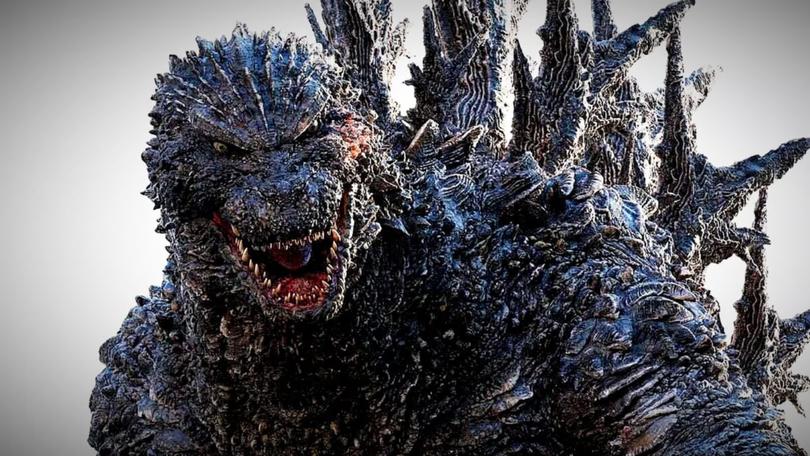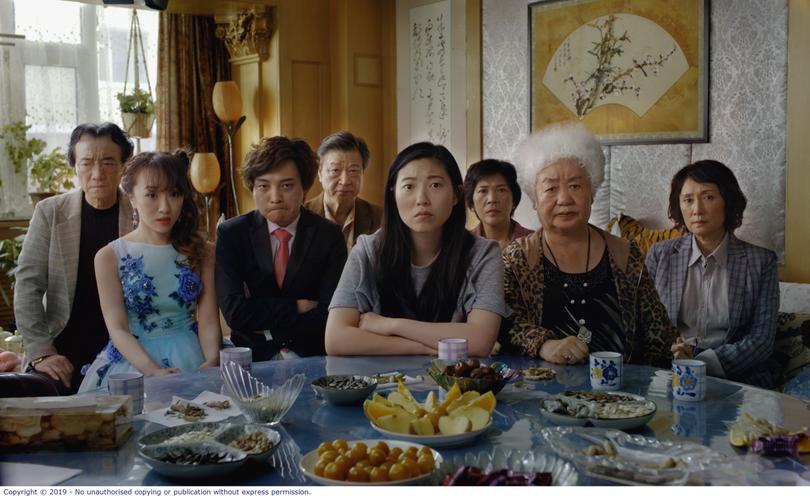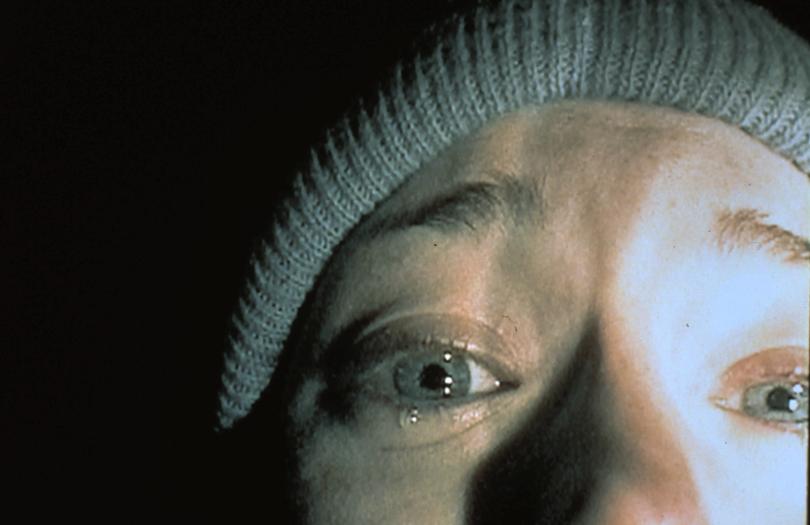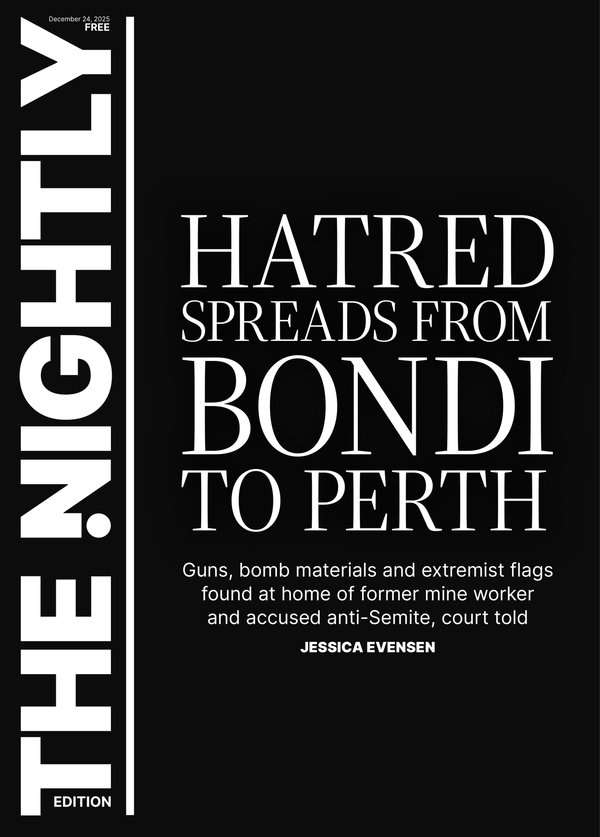Giant killers: The little independent movies that won in David vs. Goliath battles against the big studios

When you read about the gargantuan budgets of studio blockbusters in the hundreds of millions of dollar range, know that the marketing campaign can cost almost as much as every cent spent on actors’ salaries, sets, costuming, catering and visual effects.
It’s not unusual for a studio to drop $US150 million on promotions on top of a $US250m production bill.
That viral Wicked campaign? It wasn’t cheap, costing a reported $US150m against a production invoice that was said to be the same. Wicked’s box office ended at $US753m but made another $US100m on video-on-demand rentals and purchases.
Sign up to The Nightly's newsletters.
Get the first look at the digital newspaper, curated daily stories and breaking headlines delivered to your inbox.
By continuing you agree to our Terms and Privacy Policy.Which makes the maths on profitability all the more intimidating.
That’s why something like Batman vs. Superman: The Dawn of Justice barely broke even during its initial run despite collecting $US874m at the box office. After factoring in production, marketing and the split with cinemas (typically 50 per cent in many markets), nearly a billion dollars doesn’t look like that much money.
Big releases command big dollars. That’s how it’s supposed to go. But we know some of those gambles don’t pay off, and the industry can actually make wider margins off smaller films.
The New Zealand movie Tina was sustained its number one spot at its home box office for six weeks, beating off Disney’s Snow White during its fourth weekend, which was an incredible feat.
While moviegoing discourse is dominated by well-known franchises such as Marvel, Star Wars and James Bond, there are little pockets of impressive results from indie darlings.

In 2019, the last year before COVID and the year of the $US2.7 billion Avengers: Endgame, the $US1.6b The Lion King and the $1.4b Frozen II, the movie that bumped off Endgame for for highest screen average takings was actually The Farewell.
With a budget of $US3m, The Farewell was the a funny and emotional semi-autobiographical feature from Lulu Wang, starring Awkwafina as a Chinese-American woman who returns to China for a family wedding that was a cover for everyone to visit her grandmother, who has been diagnosed with terminal cancer but is kept in the dark about her prognosis.
On its opening weekend, The Farewell opened in four locations in the US and made $US355,662 which gave it a screen average of $US88,916 per theatre. That beat out 2019’s then-record holder, Endgame, which had set the bar at $US76,601, albeit across 4662 theatres. Still, take that, Thanos.
There’s also the Oscars, where the biggest budget or most marketed release doesn’t translate to the most accolades.
In 2024, the winner was Japanese thriller Godzilla Minus One, which created super effective and impressive effects despite working on an overall budget of under $US15m. Its competitors in that category were all better resourced – The Creator ($US80m), The Guardians of the Galaxy Vol. 3 ($US250m), Mission: Impossible – Dead Reckoning ($US291 million) and Napoleon ($US200m).

This year, the winner of the animated category was a Latvian film called Flow, which cost €3.5m, when most of the other contenders in its category (with the exception of Australian, independently produced film Memoirs of a Snail which had an even smaller budget) were from big studios including Disney, Netflix and Dreamworks.
The most recent best picture winner, Anora, was also an underdog. The indie film was made for $US6m in New York City, and went on to sweep five Oscars including four for its writer-director-producer-editor Sean Baker, and an acting gong for star Mikey Madison.
The highest budgeted best picture nominee was Dune: Part Two with a production budget of $US190m. Anora went on to collect almost $US60m at the global box office.
The genre with the most frequent breakthroughs of small budget-to-big box office return is horror. In 1999, The Blair Witch Project was shot for $US35,000 and then spent up to another $US500,000 on post-production. Even factoring in another $US8m spent on marketing, the investment was well worth it.
Blair Witch racked up $US248m in ticket sales and was the 11th highest grossing movie of that year.

Similarly, the first Paranormal Activity spent about $US215,000 and was sold to Dreamworks for $US350,000, who put in $US18m in marketing. The box office was $US193m.
Australian horror movie Talk to Me, made by Danny and Michael Philippou in Adelaide, cost $US4.5m but did $US91m at the global box office. The weekend it opened in the US, it trailed Mission: Impossible by only $US1m.
Longlegs, starring Nicolas Cage, had a budget of $US10m and completely defied expectations by opening second in the US with $US22m (it had been projected to do $US9m) and finished at $US100m.
Which was all the more embarrassing for Scarlett Johansson and Channing Tatum rom-com Fly Me to the Moon, which had a price tag of $US100m-plus and earnt less than half that the same weekend.
Sometimes, it pays to be small.

